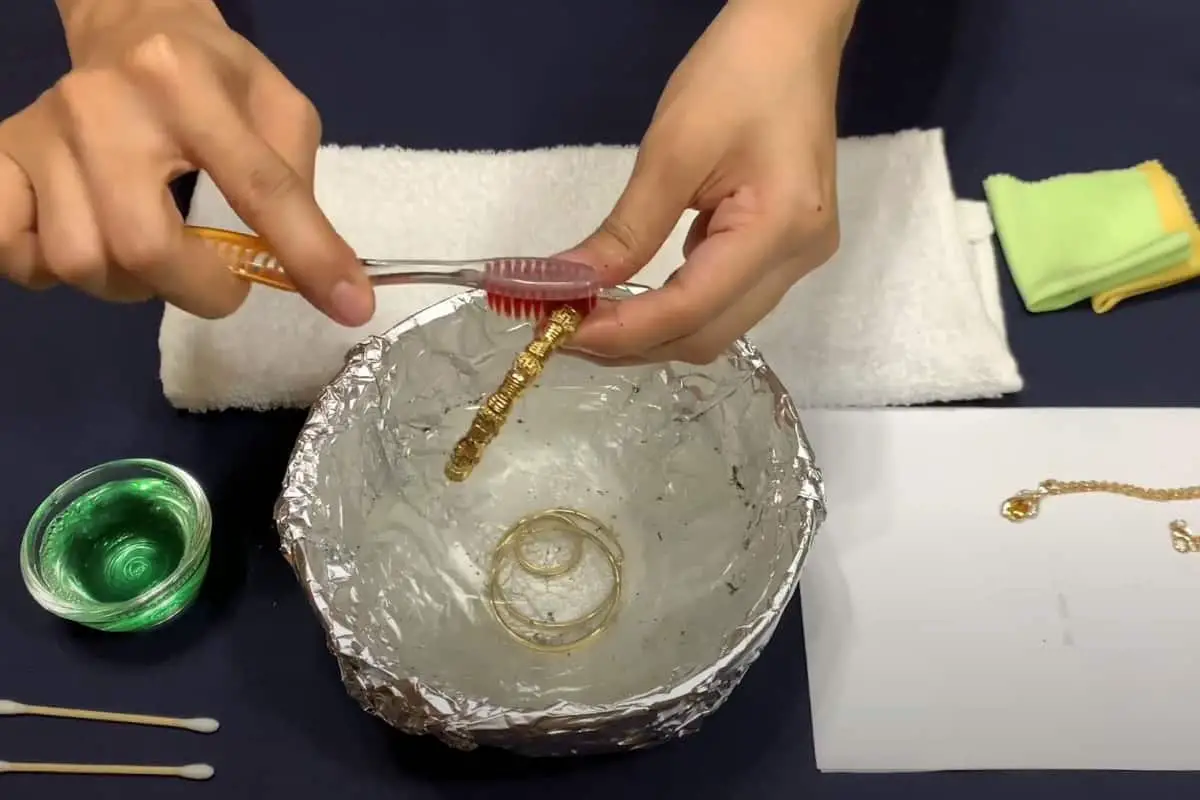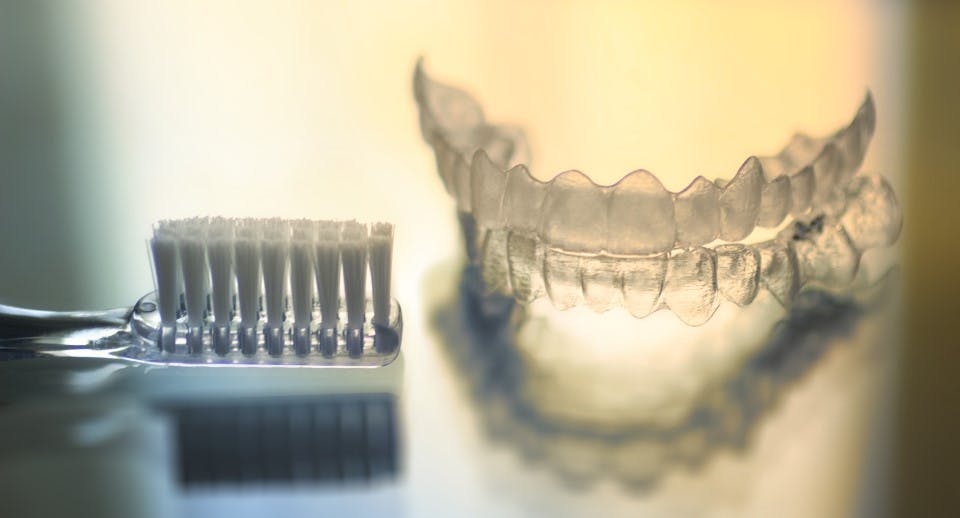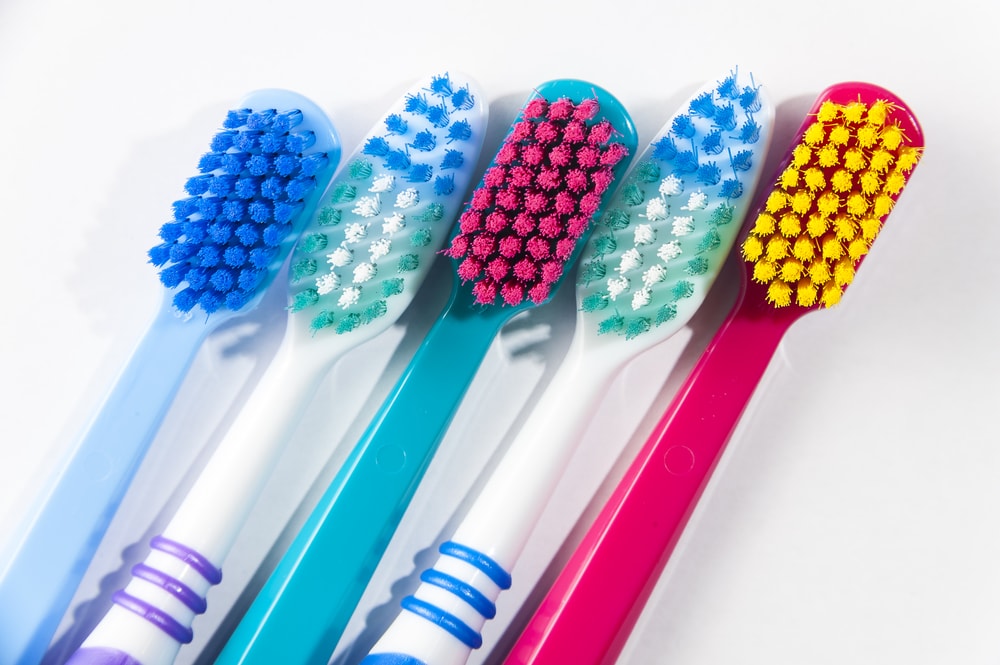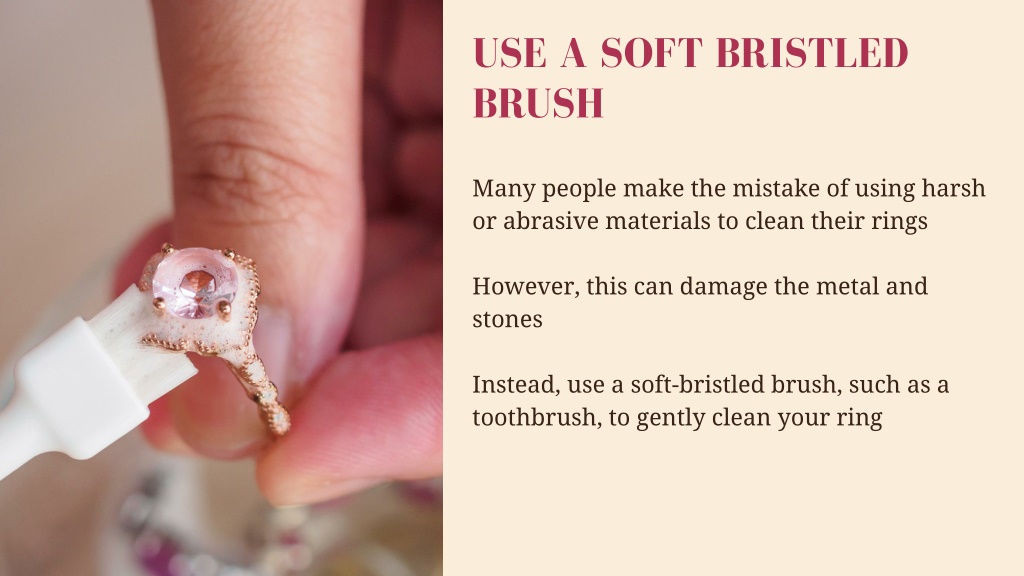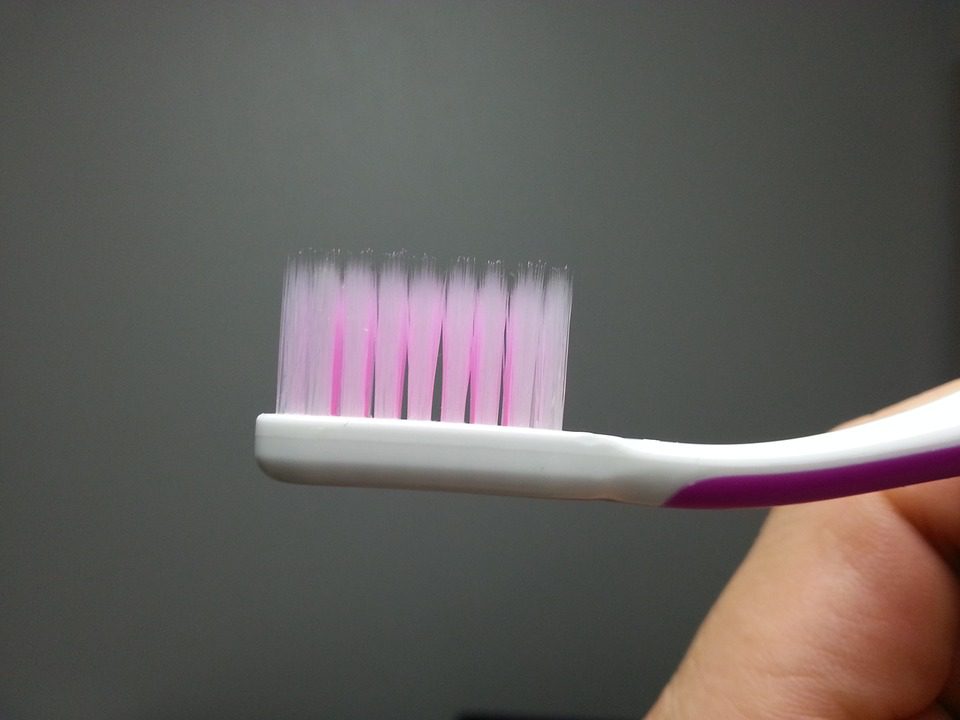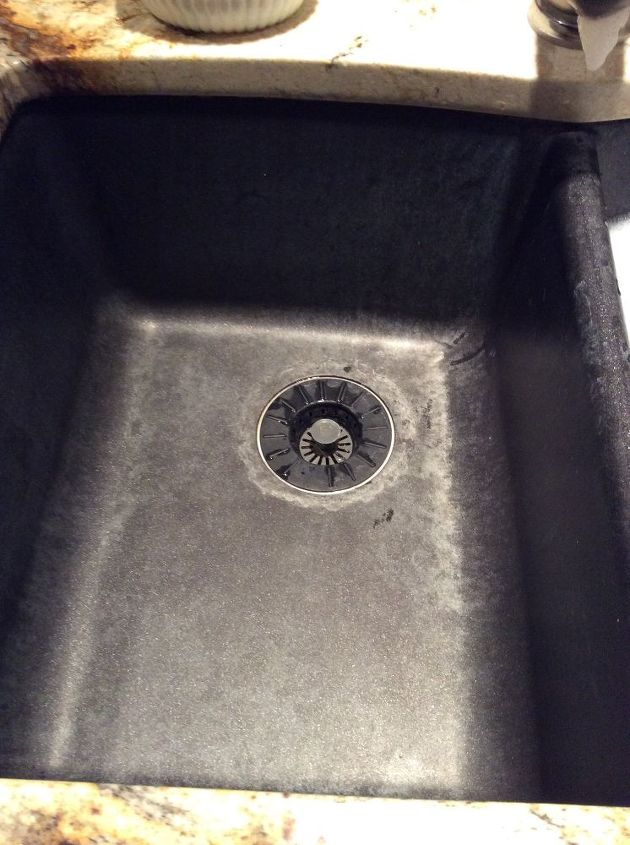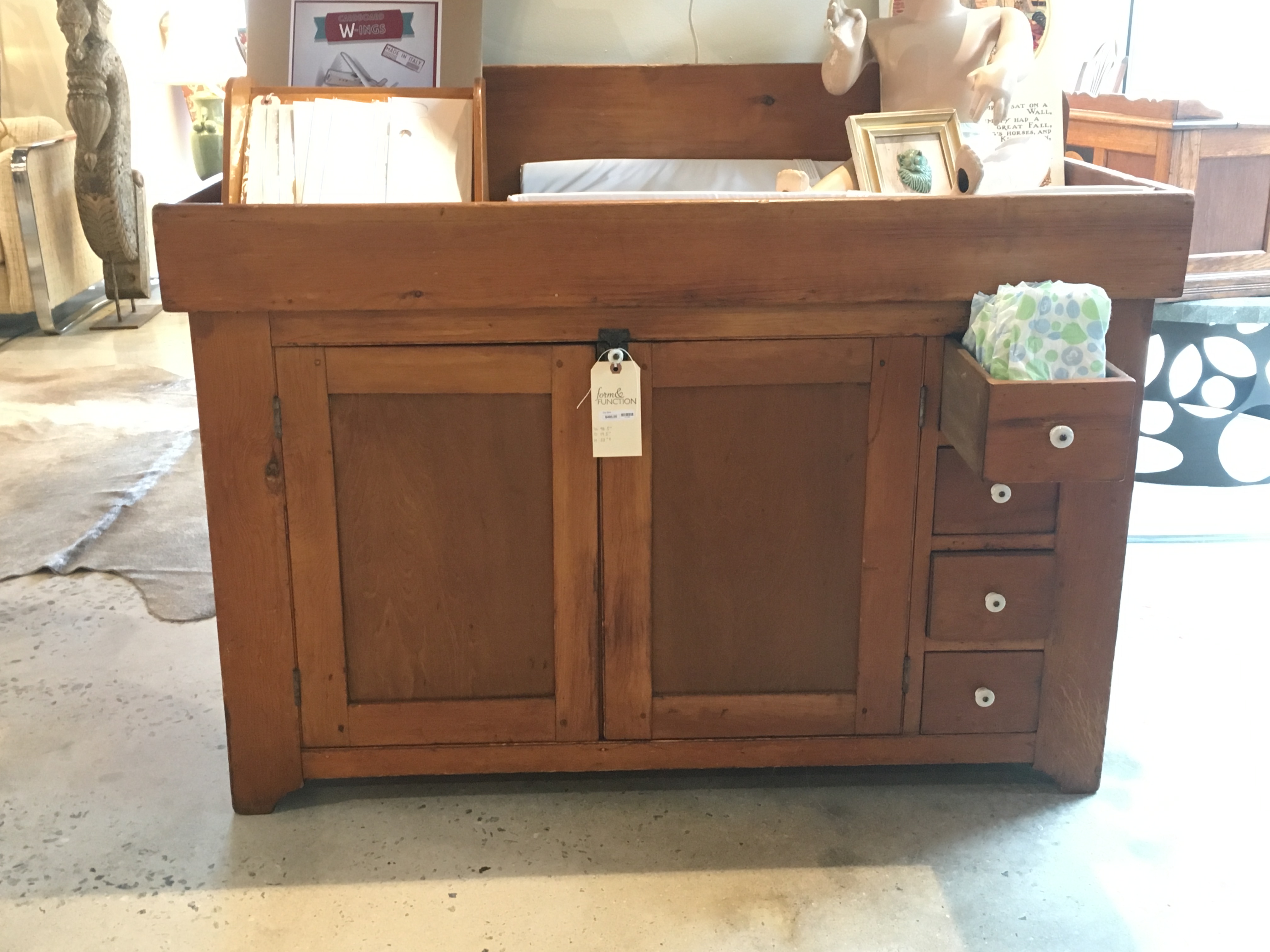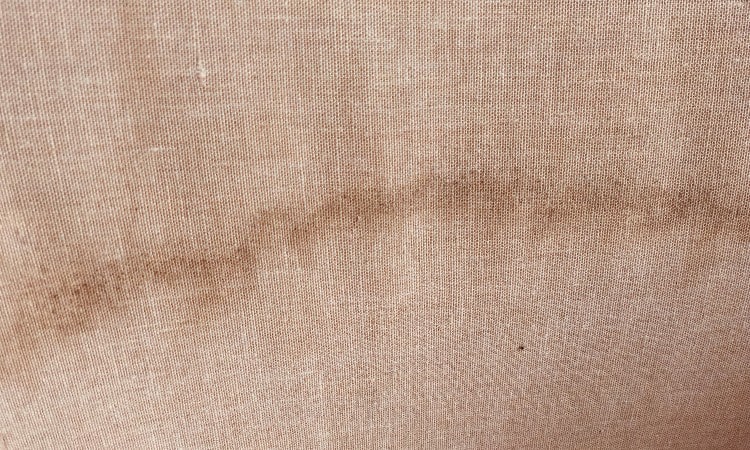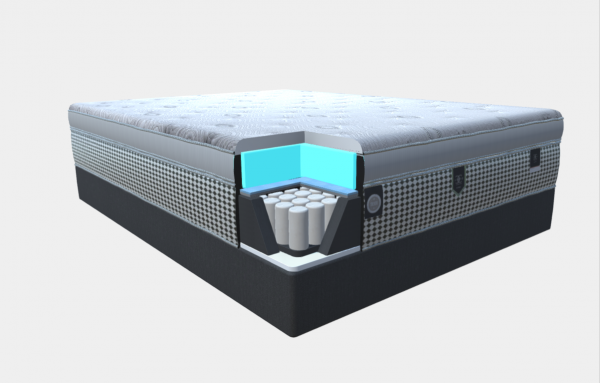If you want to keep your copper kitchen sink looking shiny and new, one of the best ways to clean it is by using a mixture of lemon juice and salt. Lemon juice contains citric acid, which is a natural cleaner and can help remove stains and grime from the surface of the sink. Salt, on the other hand, is a gentle abrasive that can help scrub away any built-up residue. To create the mixture, simply mix equal parts lemon juice and salt in a bowl. Then, using a soft cloth or sponge, apply the mixture to the surface of the sink and scrub in a circular motion. Be sure to rinse the sink thoroughly with warm water afterwards to remove any leftover residue.1. Use a Mixture of Lemon Juice and Salt to Scrub the Sink
If you have stubborn stains on your copper kitchen sink, you can create a powerful paste using baking soda and vinegar. Baking soda is a natural deodorizer and can help remove tough stains, while vinegar is a mild acid that can help dissolve buildup. To make the paste, mix equal parts baking soda and vinegar in a bowl until it forms a thick consistency. Then, using a soft cloth or sponge, apply the paste to the stained areas and let it sit for a few minutes. Afterward, scrub the area with a soft-bristled brush and rinse with warm water.2. Create a Paste with Baking Soda and Vinegar to Remove Stains
For day-to-day cleaning, using a soft cloth and mild soap is the best way to keep your copper kitchen sink looking clean and shiny. Avoid using harsh chemicals or abrasive cleaners, as they can damage the surface of the sink. Simply wet a soft cloth with warm water and add a few drops of mild soap. Gently scrub the sink in a circular motion, paying extra attention to any stains or residue. Rinse with warm water and dry with a soft cloth to prevent water spots and stains.3. Use a Soft Cloth and Mild Soap to Clean the Sink
If you prefer to use a specific cleaner for your copper kitchen sink, there are many commercial options available. Just make sure to read the label and follow the instructions carefully to avoid damaging the sink. Some copper cleaners come in a spray form, while others may require mixing with water. Be sure to choose a cleaner that is specifically made for copper, as other cleaners may contain harsh chemicals that can tarnish the surface.4. Try Using a Commercial Copper Cleaner
If you prefer to use natural and chemical-free cleaners, you can easily make your own with ingredients you probably already have in your kitchen. A mixture of equal parts flour, salt, and vinegar can create a powerful cleaner that can remove stains and buildup from your copper kitchen sink. To make the cleaner, mix equal parts flour, salt, and vinegar in a bowl until it forms a paste. Apply the paste to the sink using a soft cloth or sponge and let it sit for a few minutes. Then, scrub the sink with a soft-bristled brush and rinse with warm water.5. Use a Mixture of Equal Parts Flour, Salt, and Vinegar to Create a Natural Cleaner
If you have tough stains that just won't budge, you can try using a mixture of lemon juice and cream of tartar. Cream of tartar is a natural acid that can help break down stubborn stains, while lemon juice adds an extra boost of cleaning power. To make the mixture, mix equal parts lemon juice and cream of tartar in a bowl. Apply the mixture to the stained areas and let it sit for a few minutes before scrubbing with a soft-bristled brush. Rinse with warm water and dry with a soft cloth.6. Use a Mixture of Lemon Juice and Cream of Tartar to Remove Tough Stains
One of the most important things to remember when cleaning your copper kitchen sink is to avoid using abrasive cleaners or scrubbers. These can scratch the surface of the sink and cause damage that is difficult to repair. Stick to using gentle cleaners and soft cloths or sponges to avoid any damage. If you do have a tough stain that requires some extra scrubbing, use a soft-bristled brush instead of a harsh scrubber.7. Avoid Using Abrasive Cleaners or Scrubbers on the Sink
After cleaning your copper kitchen sink, it's important to rinse it thoroughly with warm water. This will help remove any leftover residue from cleaners and prevent water spots from forming as the sink dries. Be sure to rinse all areas of the sink, including hard-to-reach spots, to ensure a thorough clean. You can also use a clean cloth to wipe down the sink and remove any excess water.8. Rinse the Sink Thoroughly After Cleaning to Prevent Water Spots
Copper kitchen sinks can have many intricate details and hard-to-reach areas that can be difficult to clean. To ensure a thorough clean, use a soft-bristled brush to scrub these areas gently. Be careful not to use too much pressure, as this can scratch the surface of the sink. Use a gentle circular motion and be sure to rinse the area thoroughly afterward.9. Use a Soft-Bristled Brush to Clean Hard-to-Reach Areas
After cleaning and rinsing your copper kitchen sink, be sure to dry it with a soft cloth. This will help prevent any water stains or spots from forming as the sink dries. Using a soft cloth also helps to polish the surface of the sink and keep it looking shiny and new. You can also use a gentle cleaner specifically made for copper to give your sink an extra shine. In conclusion, keeping your copper kitchen sink clean and shiny doesn't have to be a daunting task. With the right techniques and cleaners, you can easily maintain its beauty and luster for years to come. Just remember to avoid using harsh chemicals or abrasive cleaners and always rinse and dry the sink thoroughly after cleaning. Your copper sink will thank you for it!10. Dry the Sink with a Soft Cloth to Prevent Water Stains and Spots
Additional Tips for Cleaning a Copper Kitchen Sink

Use Natural Ingredients
 When it comes to cleaning a
copper kitchen sink
, using harsh chemicals can damage the surface and ruin its beautiful shine. Instead, opt for natural ingredients such as lemon, vinegar, and baking soda. Lemon has natural acidic properties that can help remove stains and disinfect the sink. Simply cut a lemon in half and rub it over the surface of the sink, then rinse with water. Vinegar can also be used to remove tough stains and disinfect the sink. Mix equal parts vinegar and water in a spray bottle and spray onto the sink. Let it sit for a few minutes before wiping it clean. For stubborn stains, make a paste with baking soda and water and gently scrub the affected area.
When it comes to cleaning a
copper kitchen sink
, using harsh chemicals can damage the surface and ruin its beautiful shine. Instead, opt for natural ingredients such as lemon, vinegar, and baking soda. Lemon has natural acidic properties that can help remove stains and disinfect the sink. Simply cut a lemon in half and rub it over the surface of the sink, then rinse with water. Vinegar can also be used to remove tough stains and disinfect the sink. Mix equal parts vinegar and water in a spray bottle and spray onto the sink. Let it sit for a few minutes before wiping it clean. For stubborn stains, make a paste with baking soda and water and gently scrub the affected area.
Don't Forget to Dry
 After cleaning your
copper kitchen sink
, it's important to dry it thoroughly. Copper can easily develop water spots if left to air dry, so use a soft, dry cloth to wipe down the sink. This will also help prevent any water stains from forming. If you want to add an extra shine, you can also use a microfiber cloth to buff the sink after drying.
After cleaning your
copper kitchen sink
, it's important to dry it thoroughly. Copper can easily develop water spots if left to air dry, so use a soft, dry cloth to wipe down the sink. This will also help prevent any water stains from forming. If you want to add an extra shine, you can also use a microfiber cloth to buff the sink after drying.
Regular Maintenance is Key
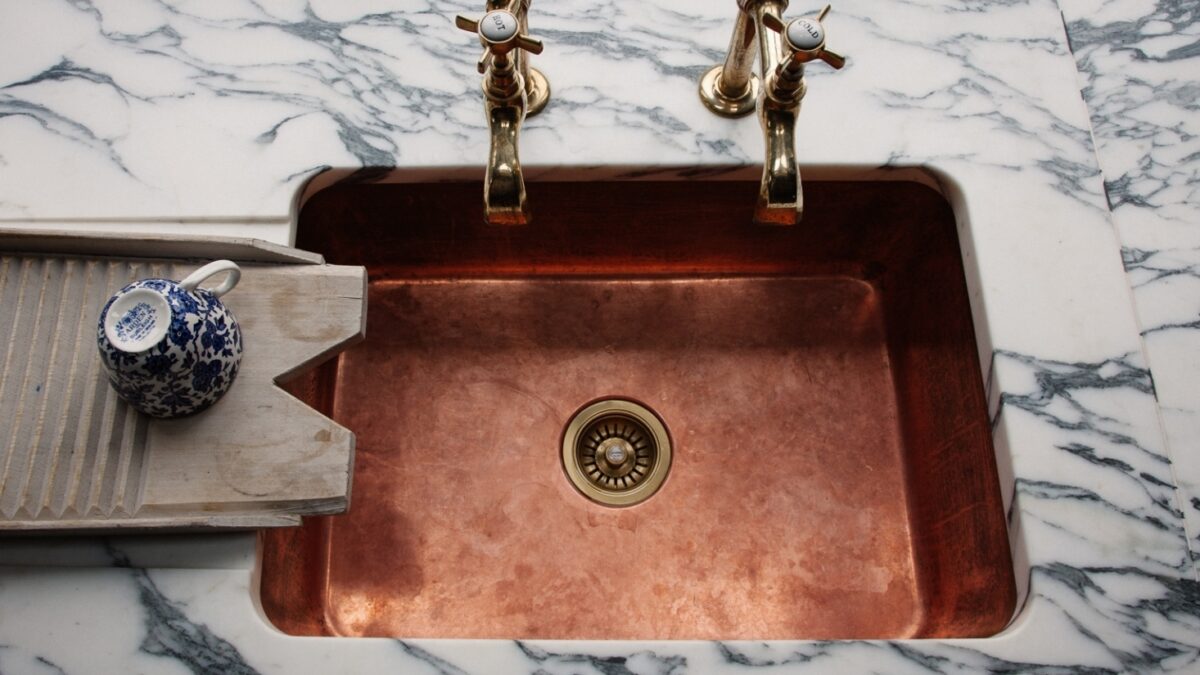 To keep your
copper kitchen sink
looking its best, it's important to regularly clean and maintain it. This means wiping down the sink after each use, and giving it a proper deep clean at least once a week. Avoid using abrasive sponges or scouring pads as they can scratch the surface of the sink. Instead, use a soft cloth or non-abrasive sponge to gently clean the sink.
To keep your
copper kitchen sink
looking its best, it's important to regularly clean and maintain it. This means wiping down the sink after each use, and giving it a proper deep clean at least once a week. Avoid using abrasive sponges or scouring pads as they can scratch the surface of the sink. Instead, use a soft cloth or non-abrasive sponge to gently clean the sink.
Invest in a Protective Wax
 To protect the shine and patina of your
copper kitchen sink
, consider investing in a protective wax. This will help prevent any scratches or water spots from forming on the surface. Be sure to follow the manufacturer's instructions and reapply the wax periodically to maintain its effectiveness.
In conclusion, cleaning a
copper kitchen sink
doesn't have to be a daunting task. By using natural ingredients, drying the sink properly, and regularly maintaining it, your copper sink will continue to shine and add a touch of elegance to your kitchen. So, roll up your sleeves and give your sink the love and care it deserves.
To protect the shine and patina of your
copper kitchen sink
, consider investing in a protective wax. This will help prevent any scratches or water spots from forming on the surface. Be sure to follow the manufacturer's instructions and reapply the wax periodically to maintain its effectiveness.
In conclusion, cleaning a
copper kitchen sink
doesn't have to be a daunting task. By using natural ingredients, drying the sink properly, and regularly maintaining it, your copper sink will continue to shine and add a touch of elegance to your kitchen. So, roll up your sleeves and give your sink the love and care it deserves.
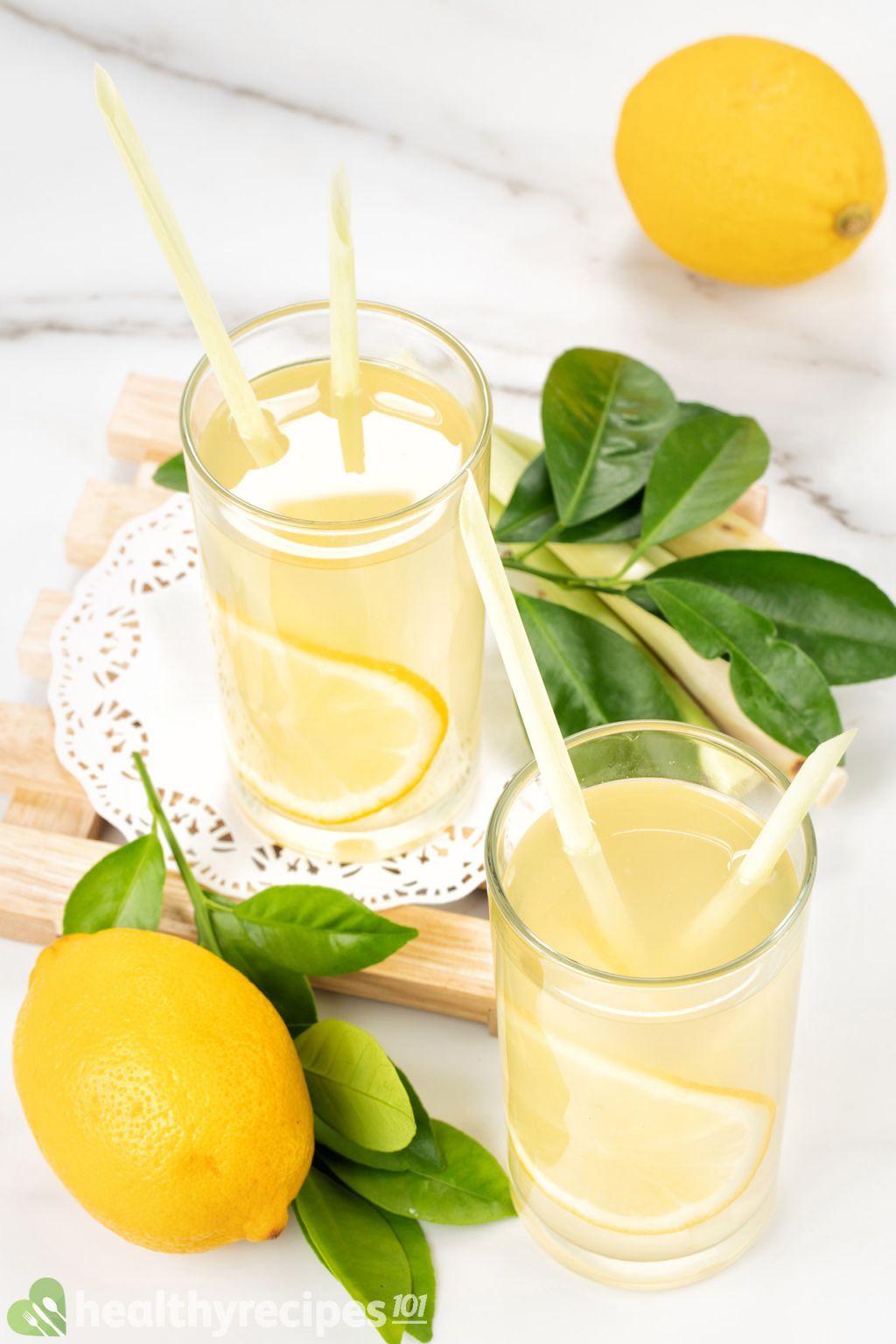


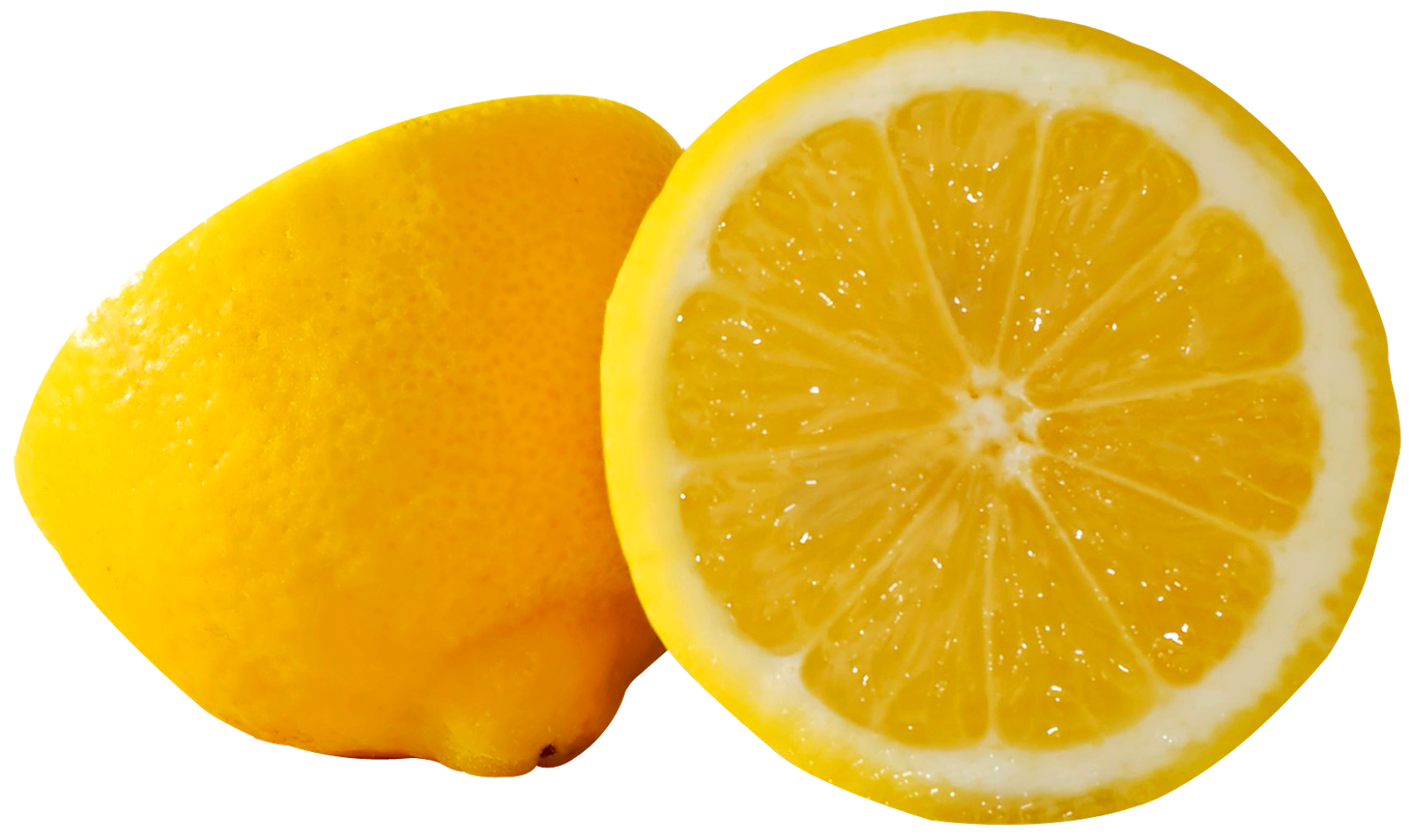
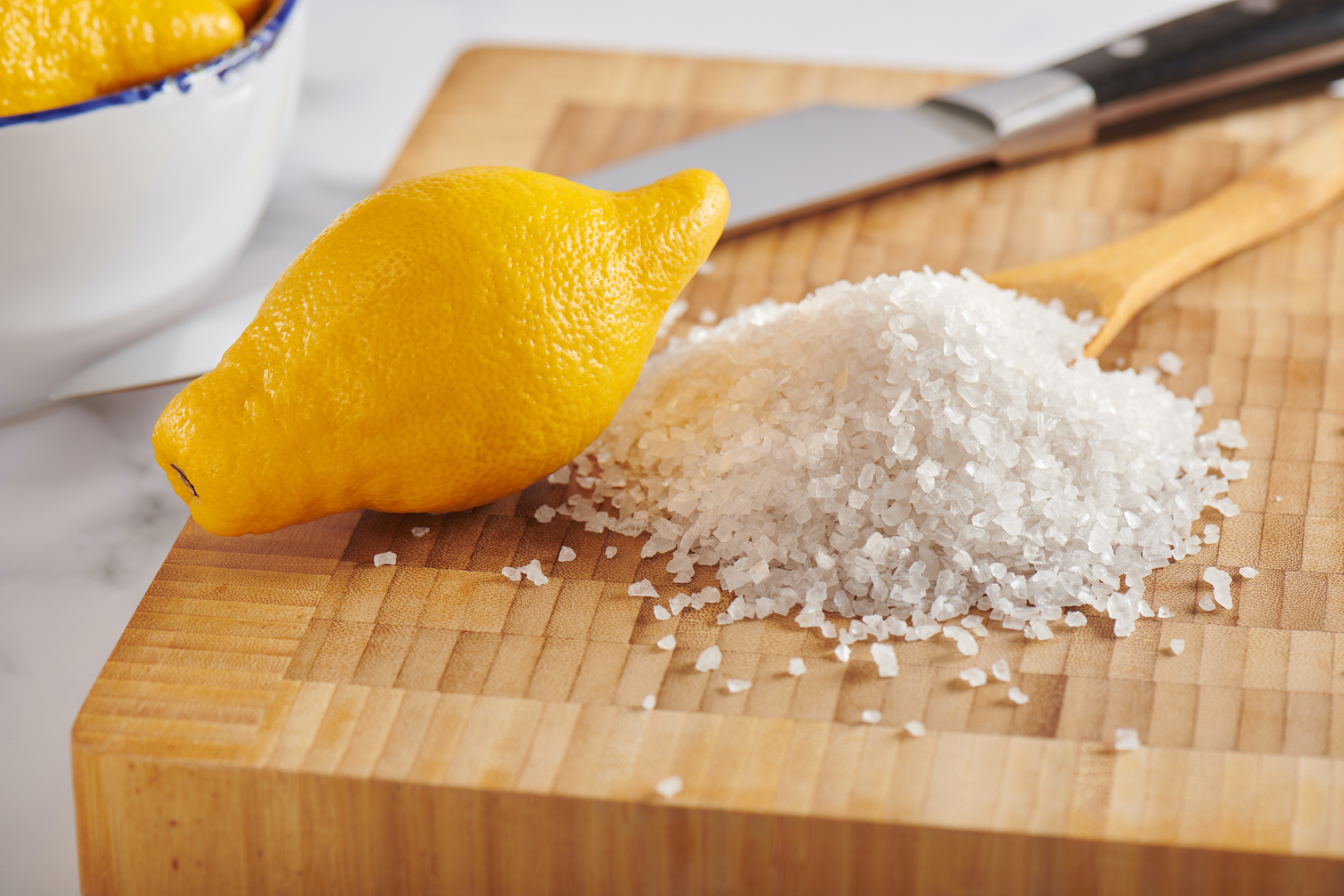

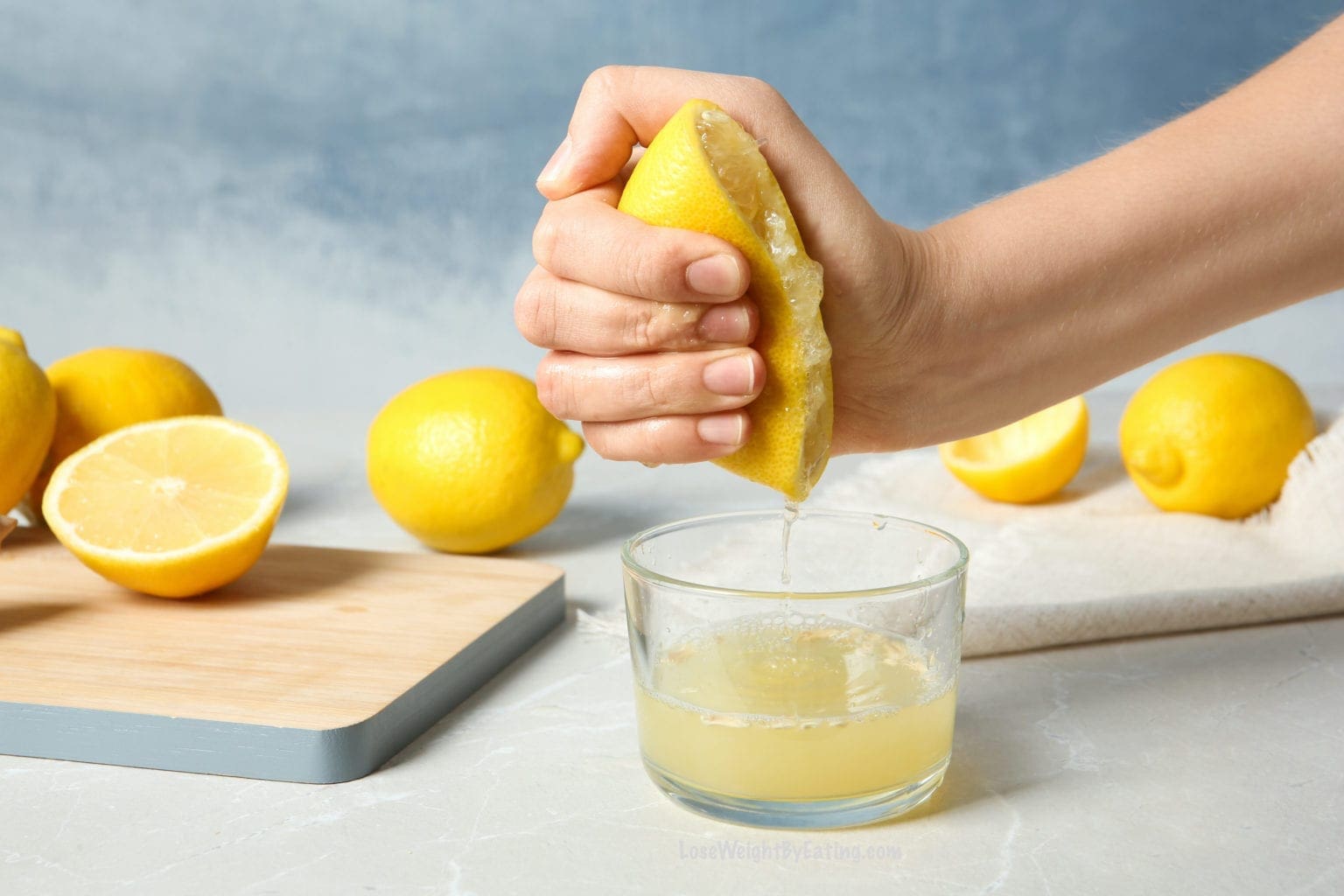


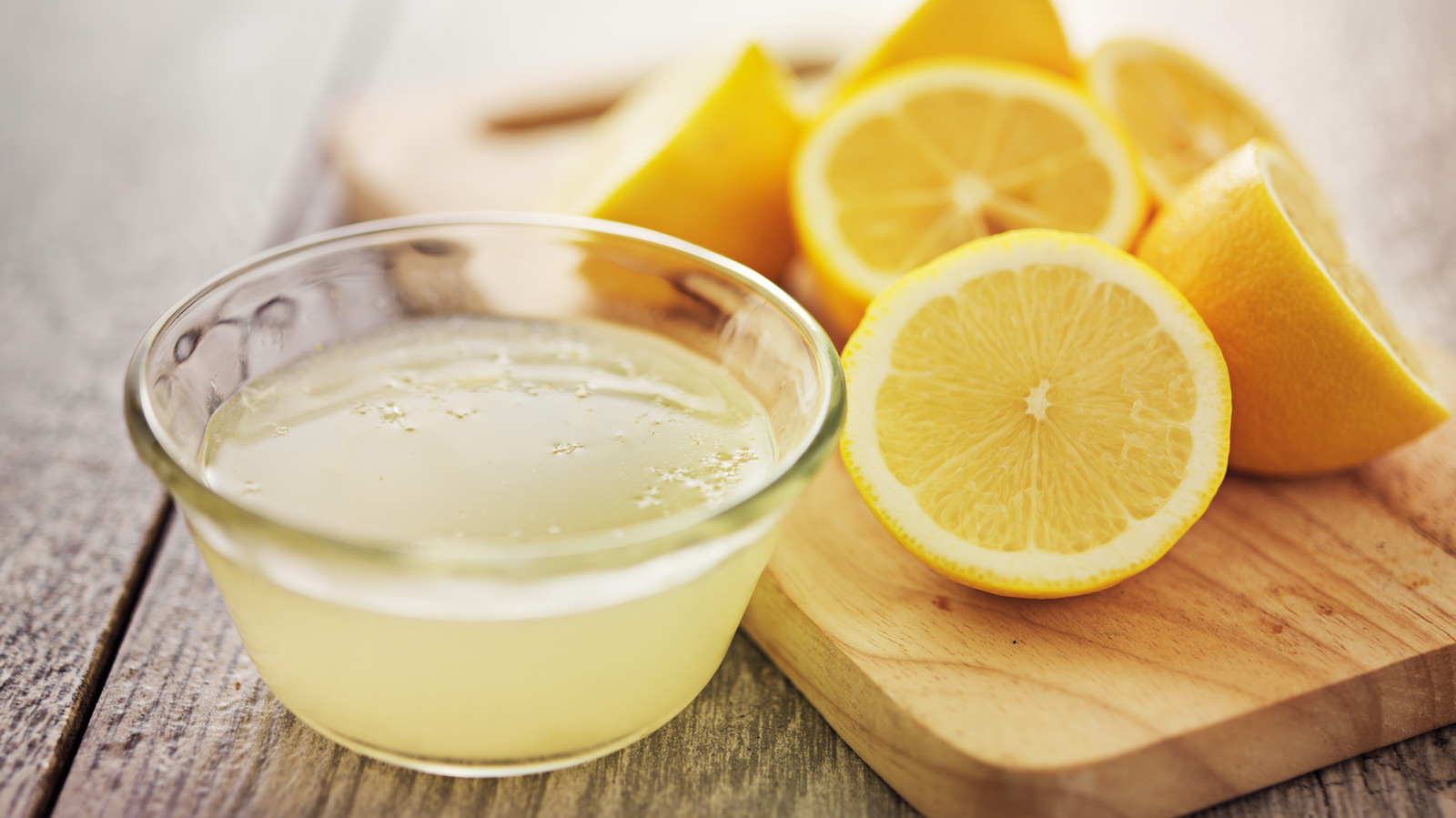





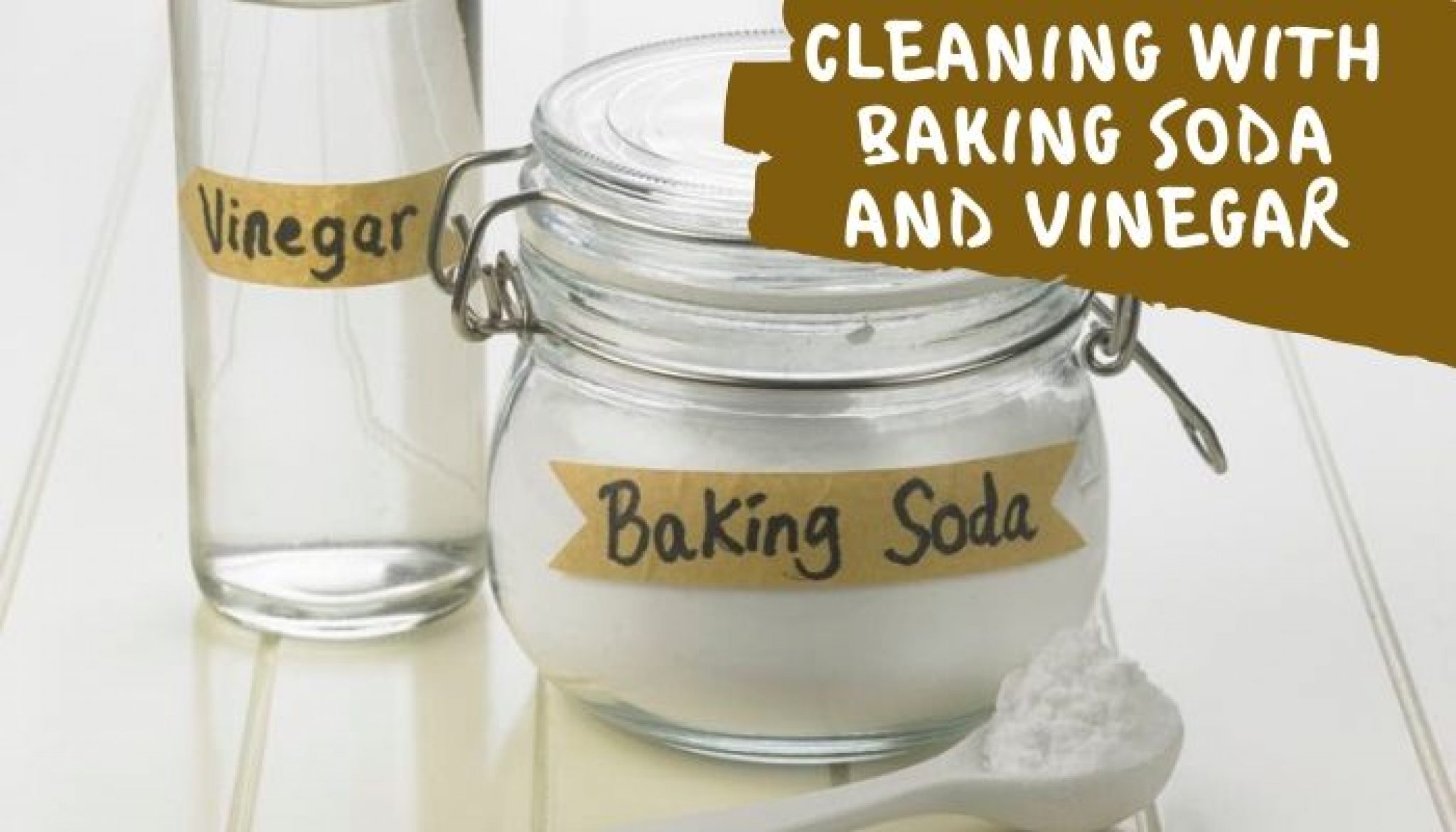

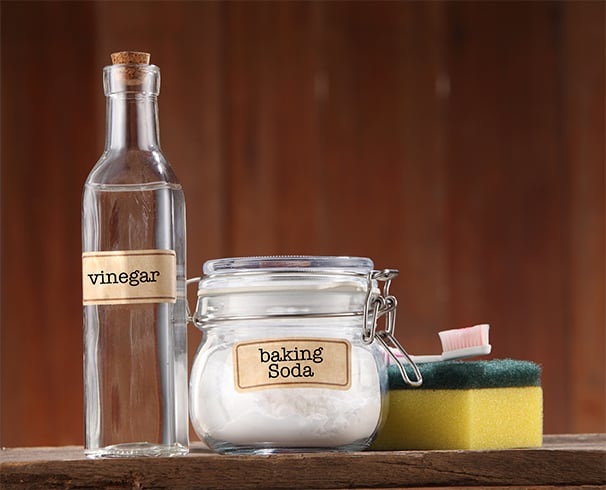







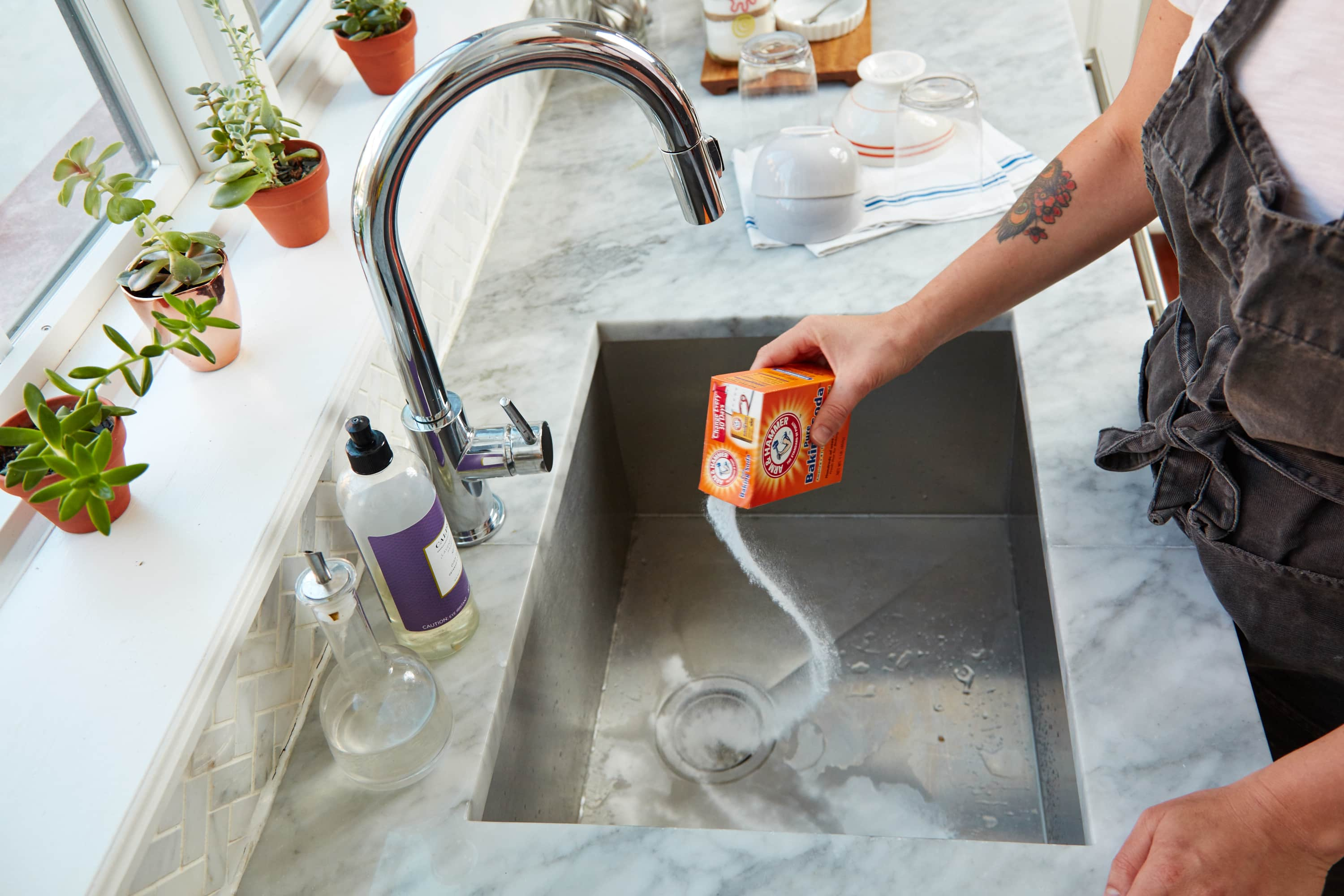
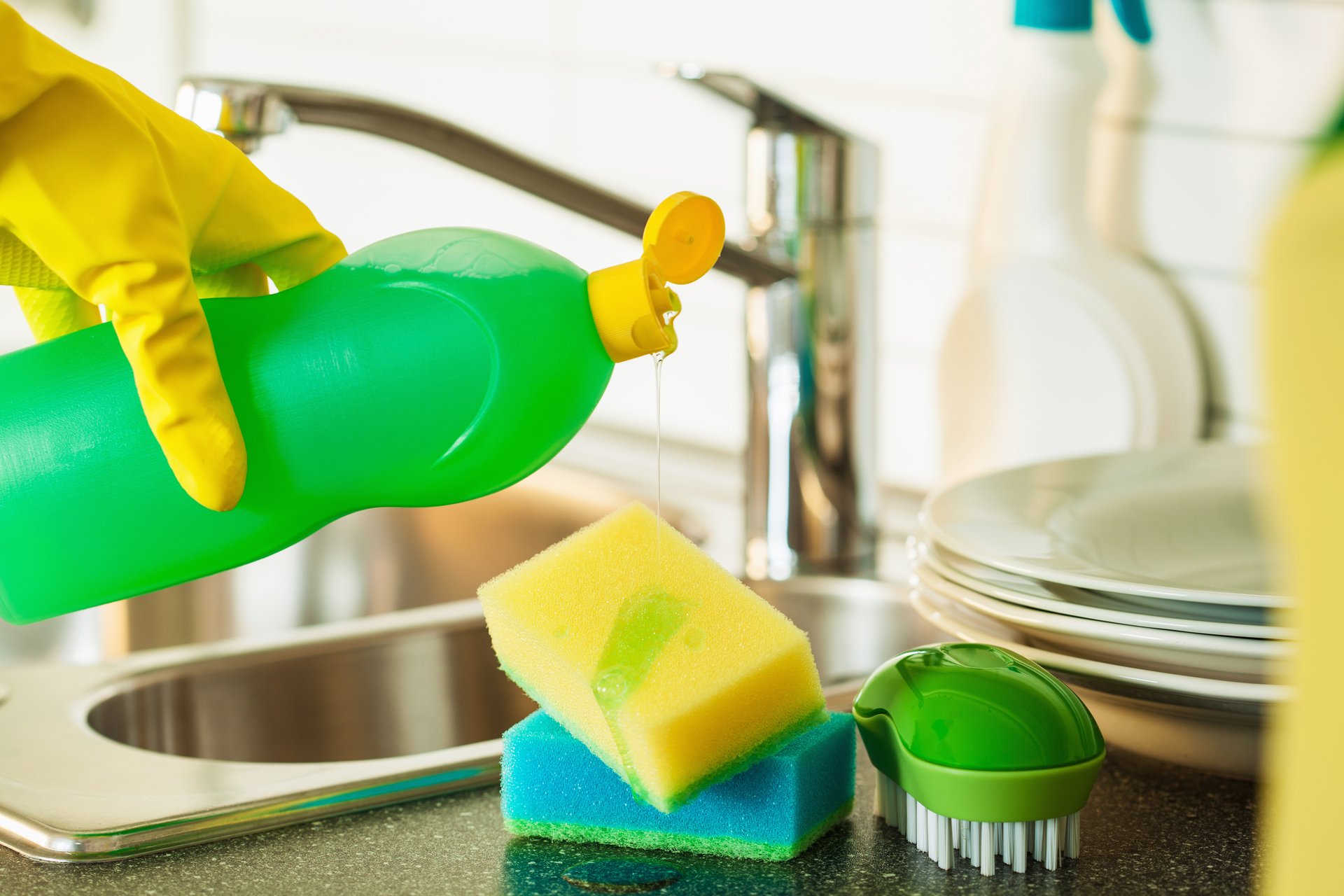
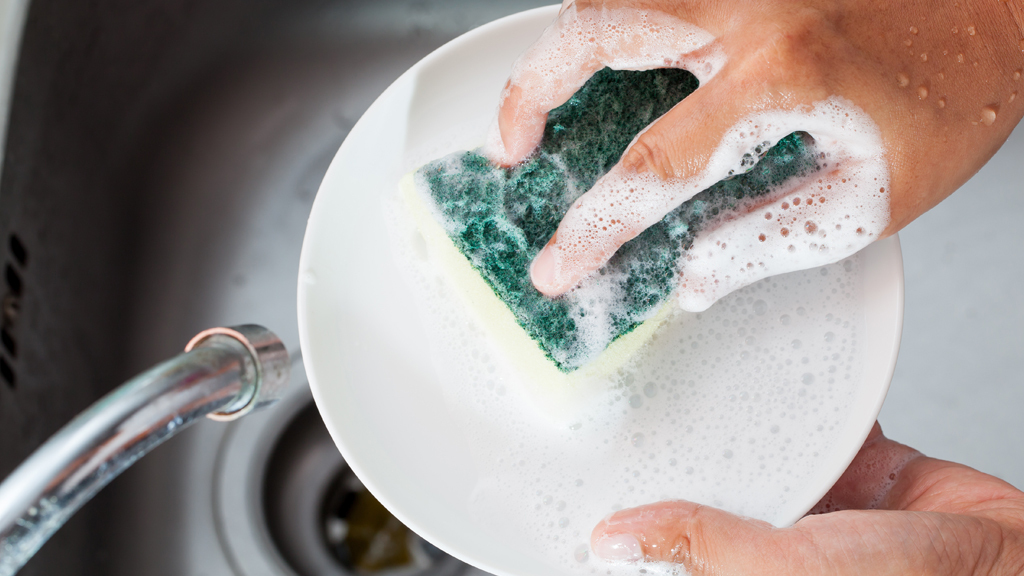
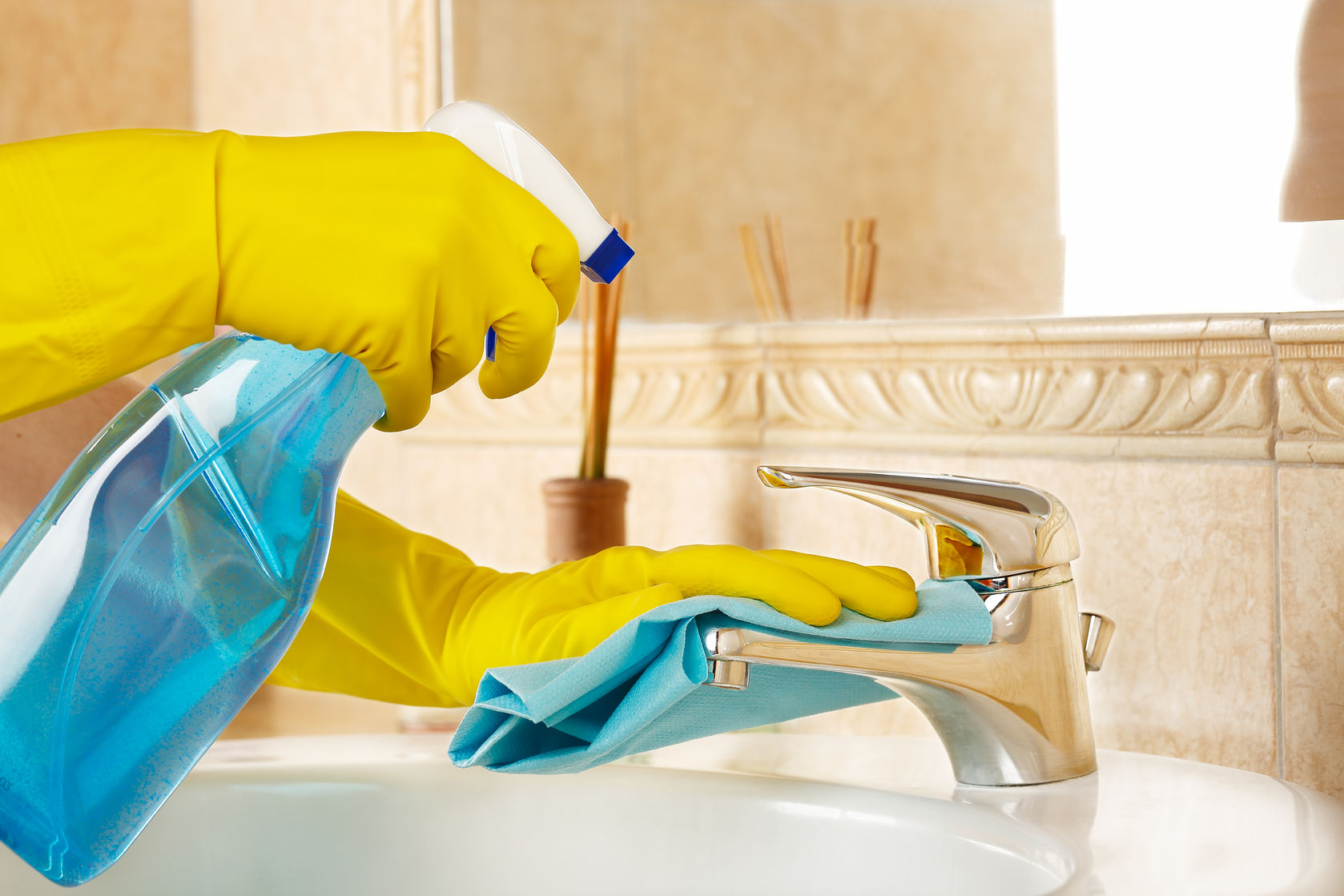
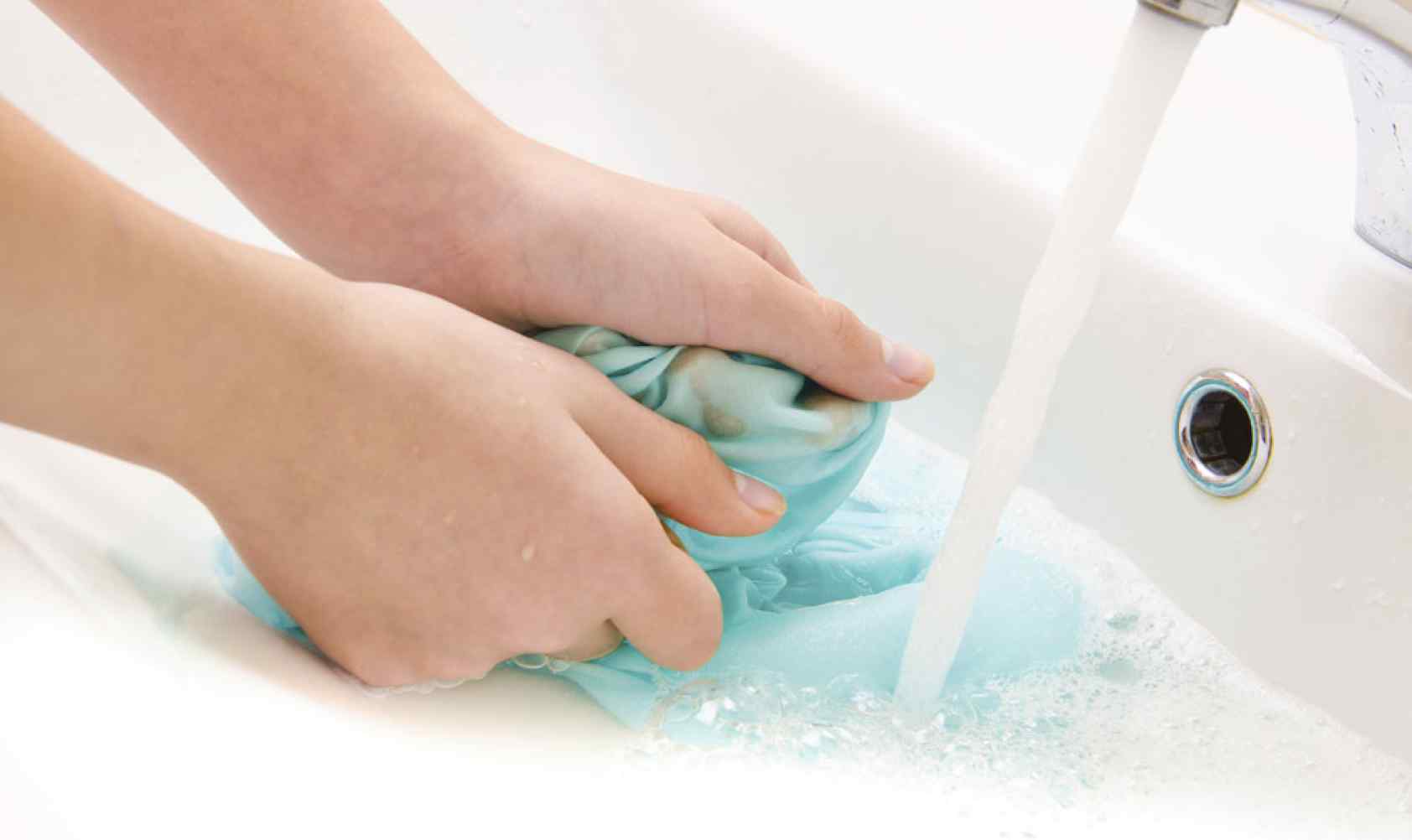




:max_bytes(150000):strip_icc()/freshen-and-unclog-drain-with-baking-soda-1900466-15-166f69a0d4ee4cad85a0f221bf3fdcd0.jpg)









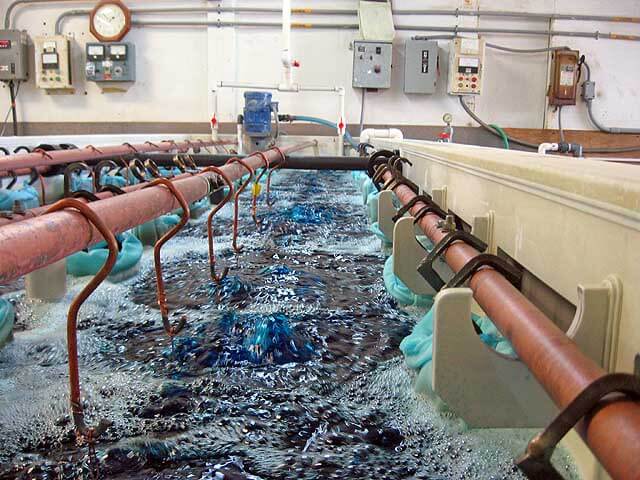




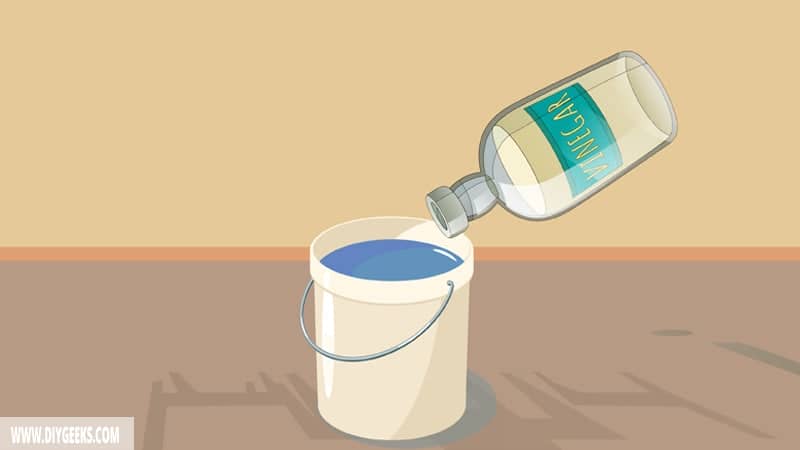
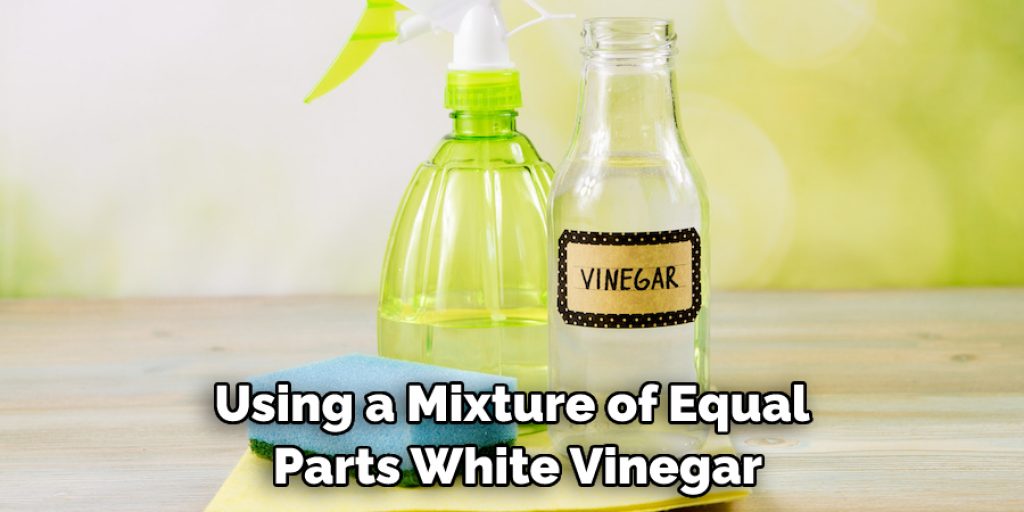



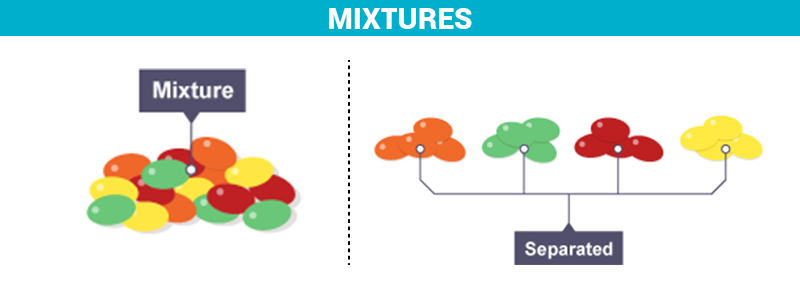

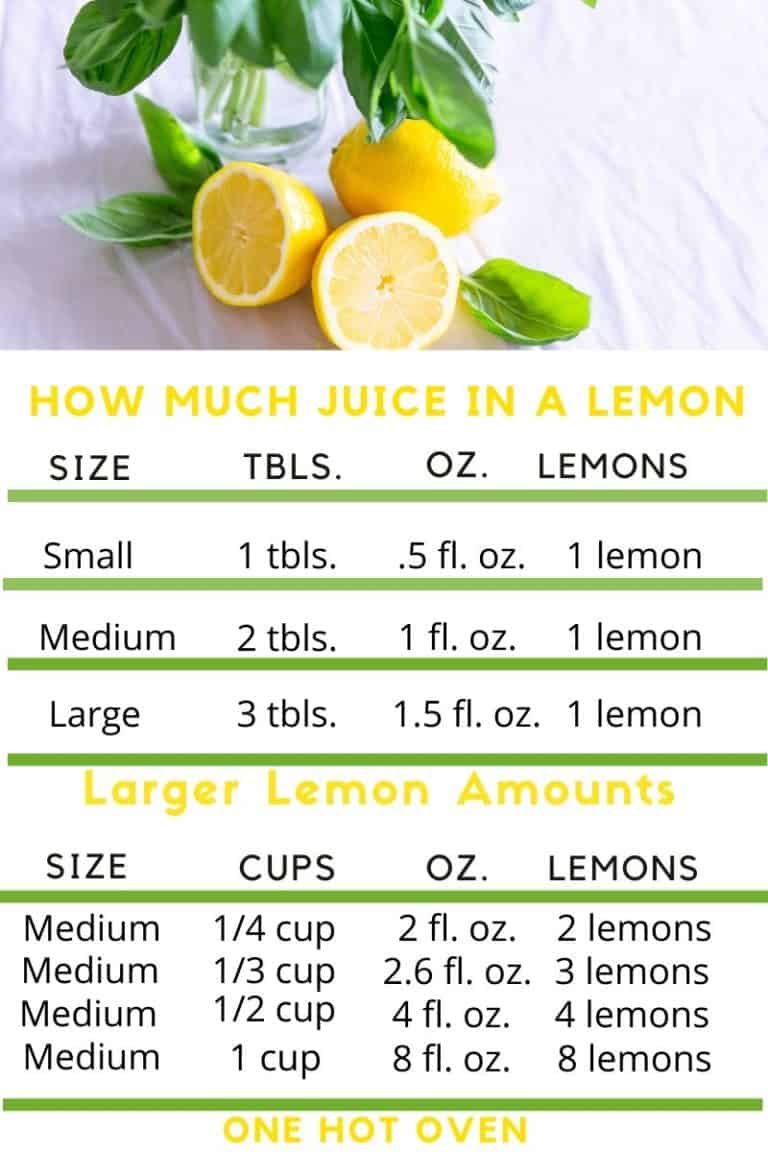
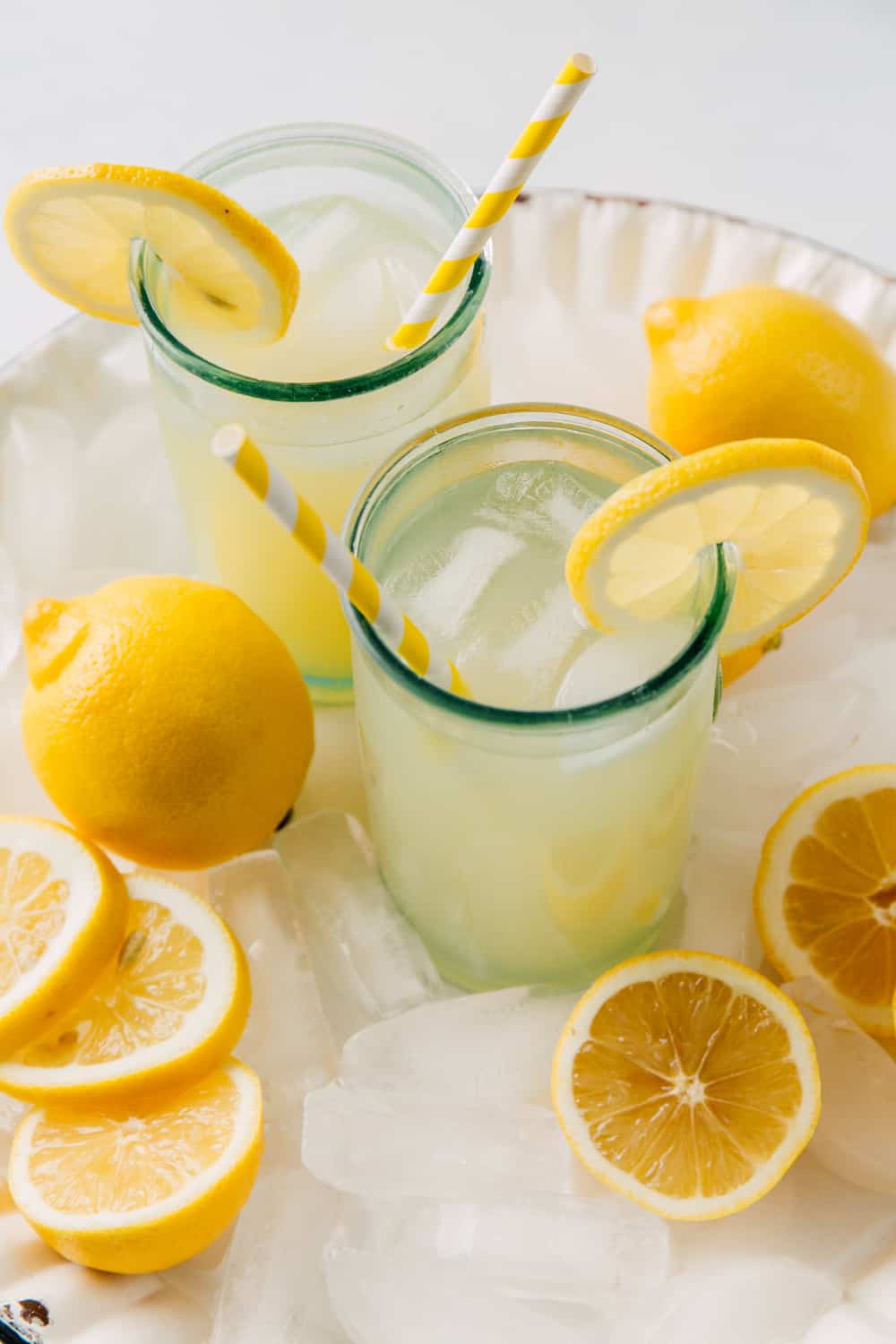


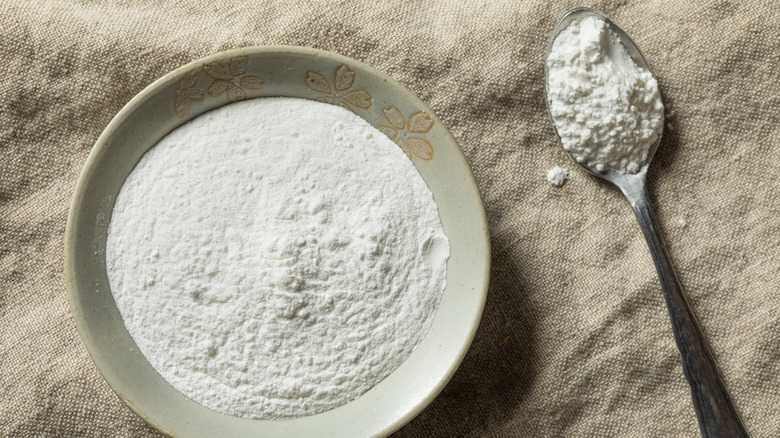
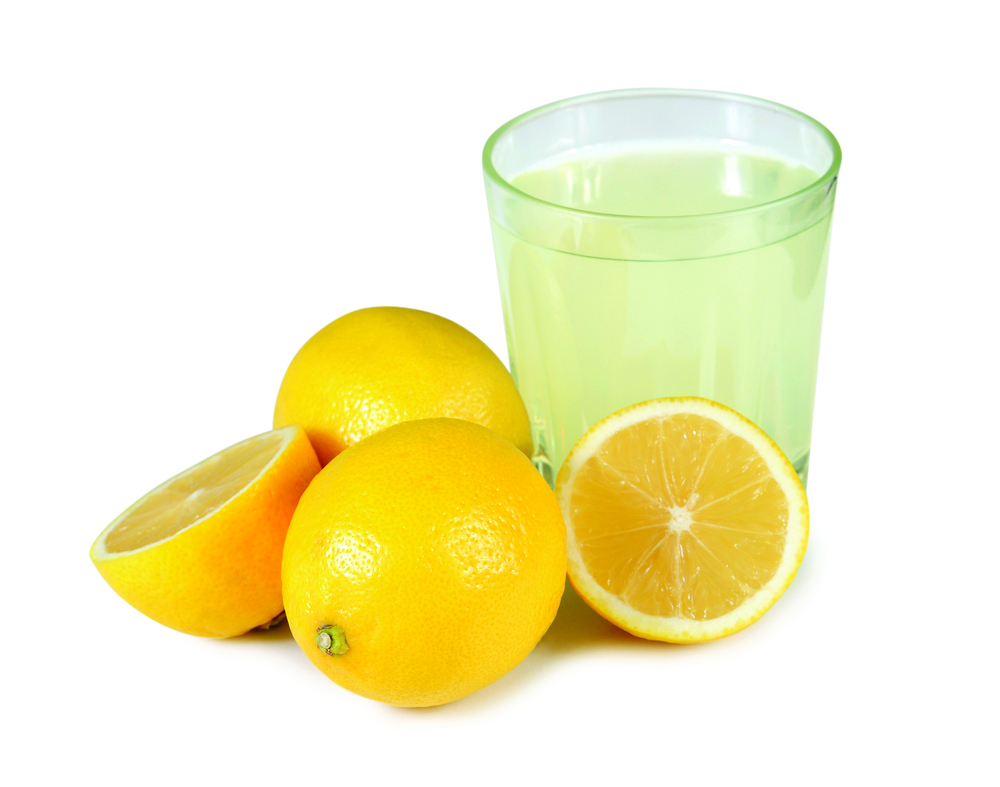
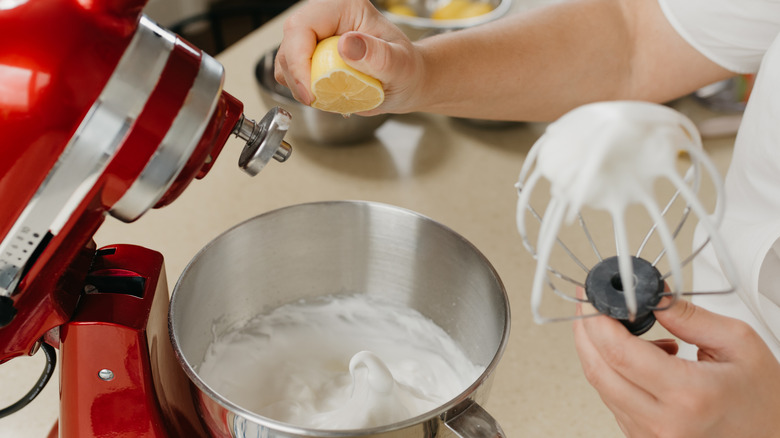





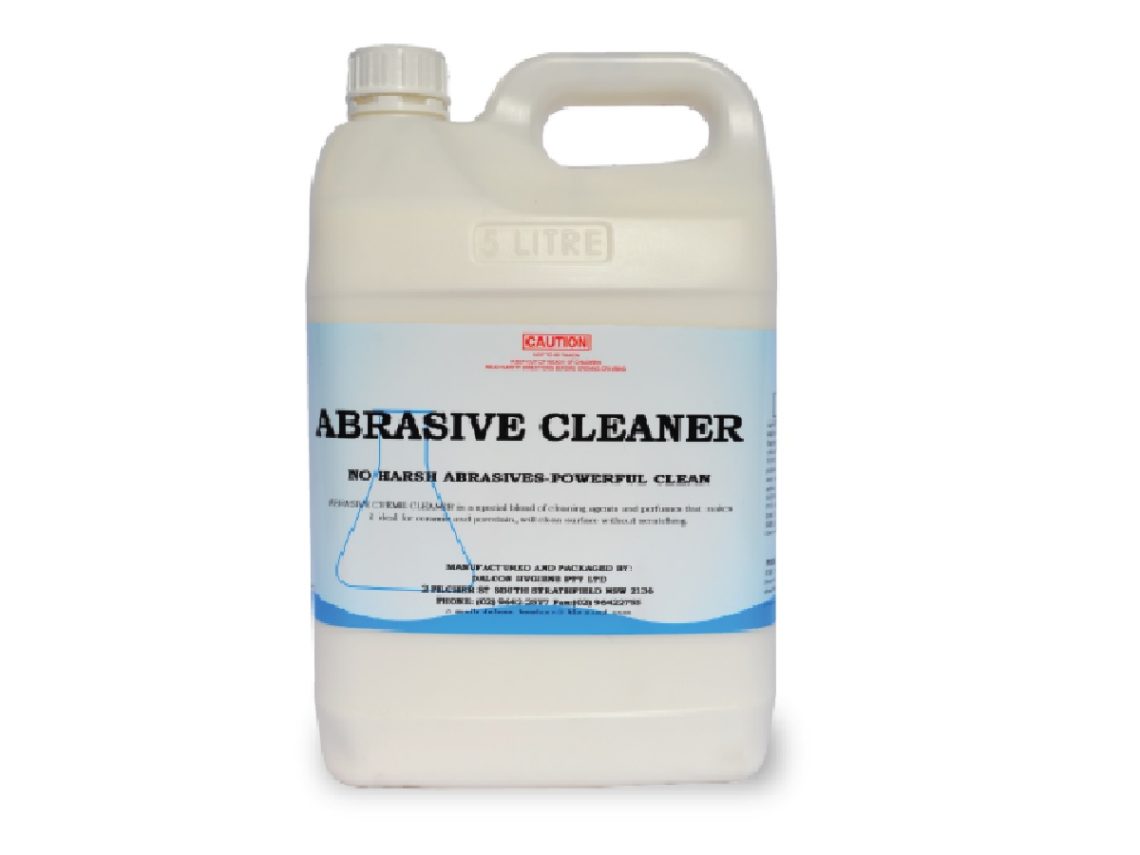




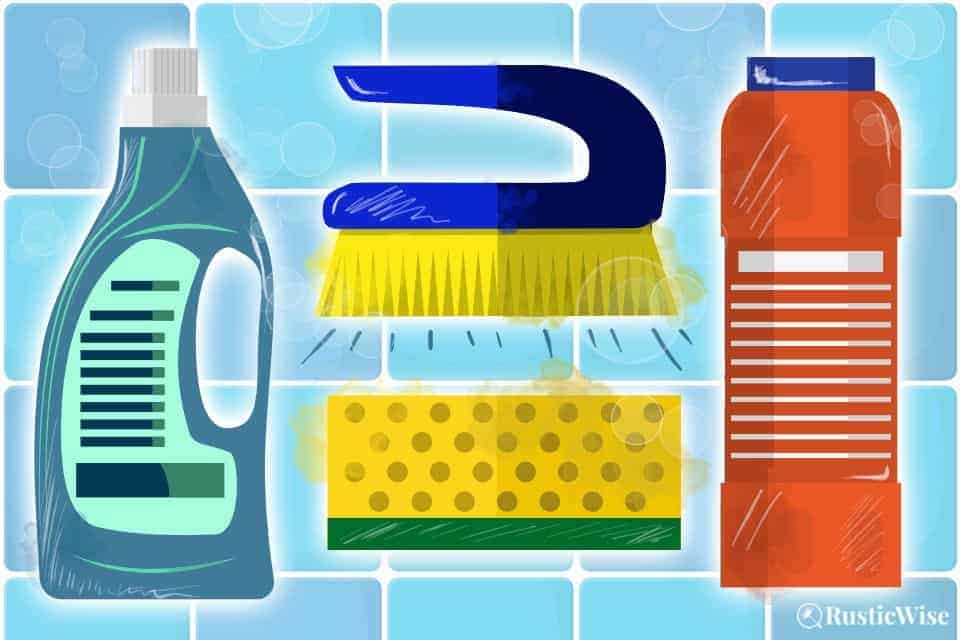
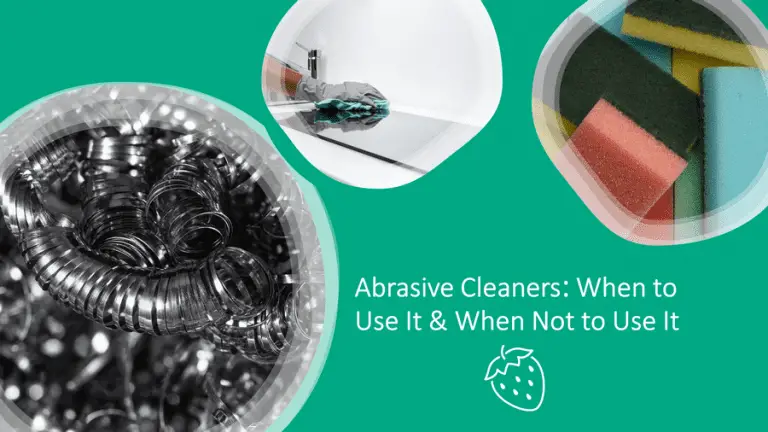







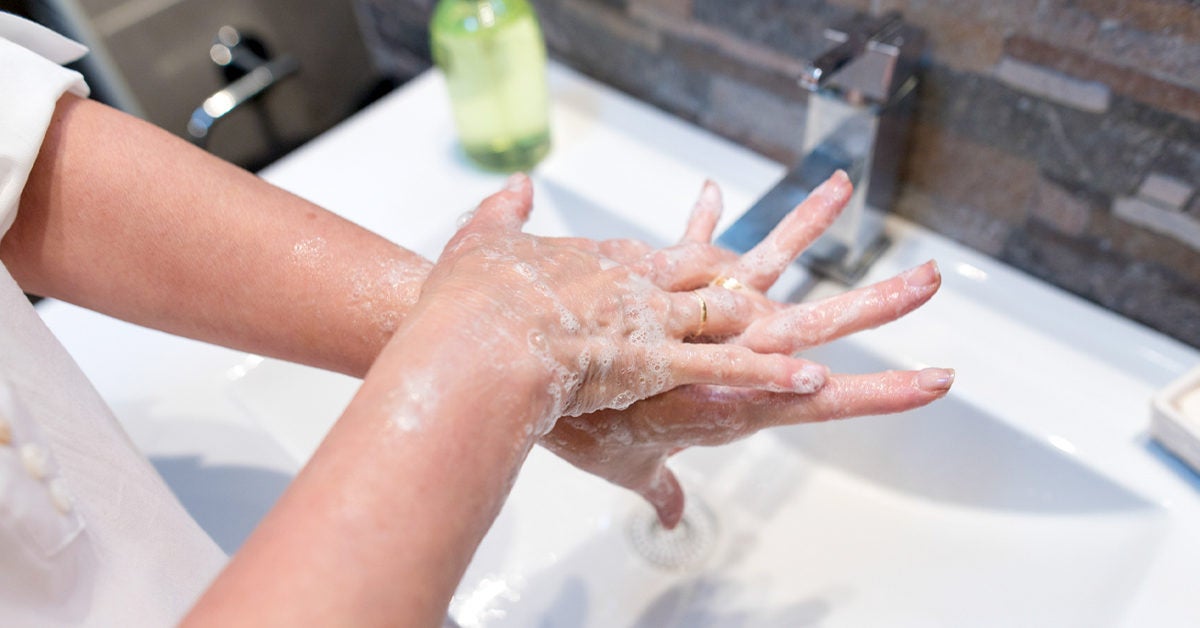

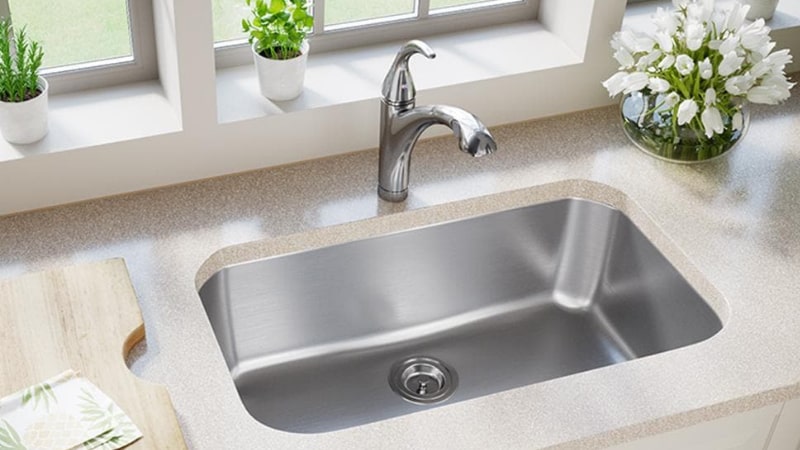
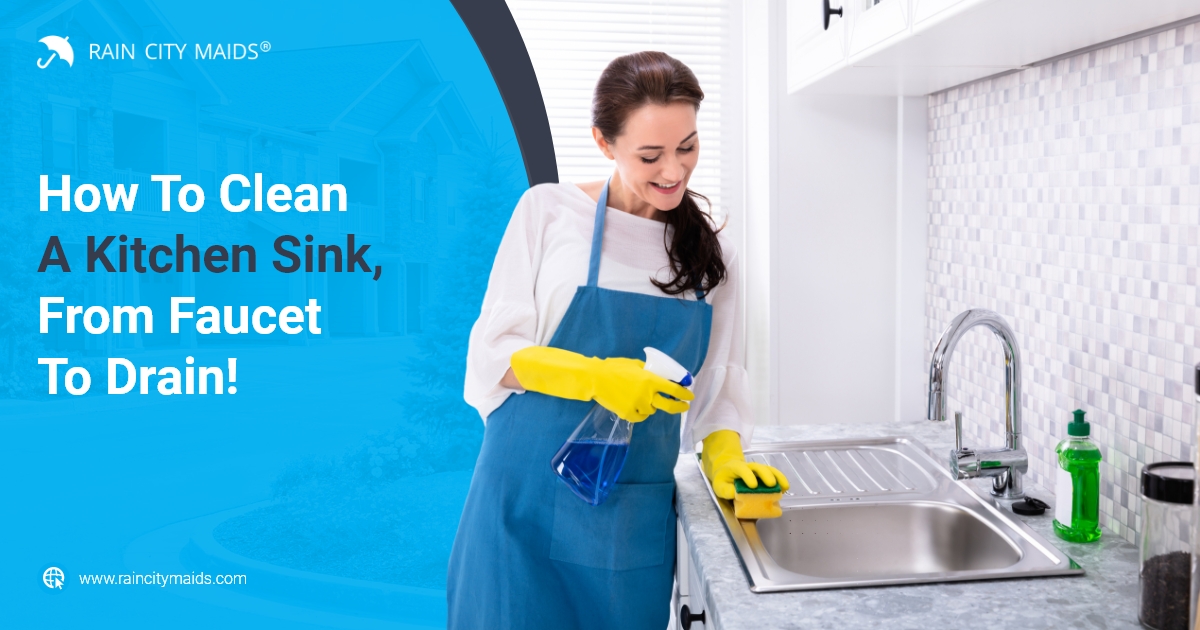
:max_bytes(150000):strip_icc()/how-to-clean-a-stainless-steel-sink-5093605-04-55ba8c92b2b14dc883657e25e73e6a50.jpg)

:max_bytes(150000):strip_icc()/how-to-clean-a-copper-sink-4767276-05-a54b0d47425048cb89ccb81cc5bc868d.jpg)





